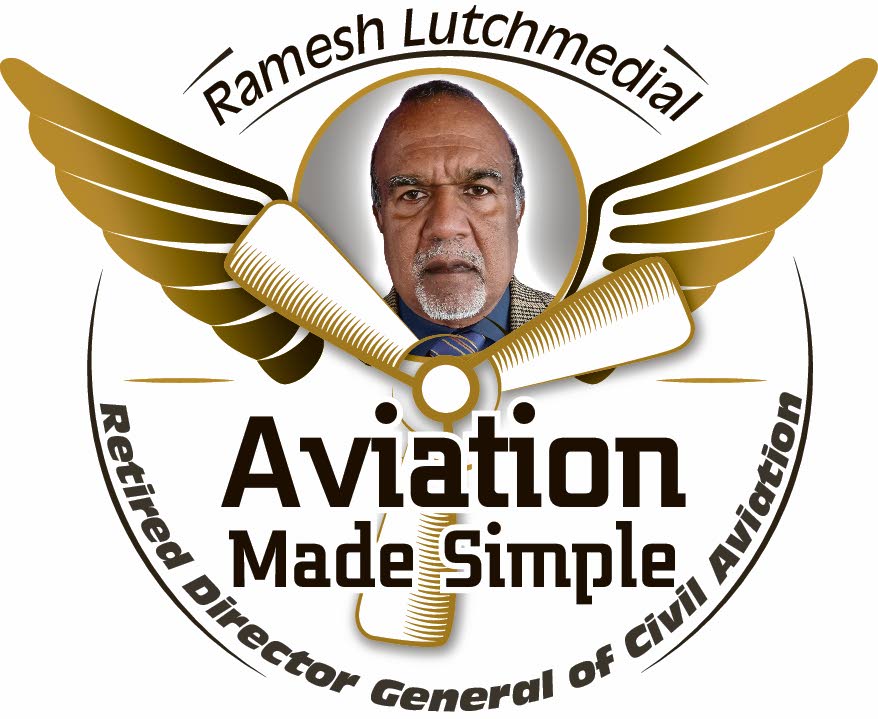Flight attendants critical to airline safety

The average airline passenger sees a flight attendant’s role as directing you to your assigned seat and serving drinks and meals on board the aircraft.
There is a lot more to flight attendants' role than meets the eye, as they are primarily responsible for passengers’ safety on board an aircraft.
The world's first and most famous flight attendant was the German Heinrich Kubis. He worked on board the Hindenburg class of German commercial passenger-carrying rigid airships.
Kubis was on board the LZ 129 Hindenburg airship on a three-day Atlantic crossing from Frankfurt, Germany, to Lakehurst, New Jersey, when it burst into flames on May 6, 1937, while attempting a landing at Lakehurst. Kubis survived by jumping out of a window when the airship neared the ground.
Cabin safety contributes to preventing accidents and incidents and protecting the aircraft’s occupants through proactive safety management, including hazard identification and safety-risk management, which increases survivability in the event of an emergency situation.
Traditionally, the role of flight attendants focused on evacuating an aircraft in the event of an accident. However, today flight attendants play an important proactive role in managing cabin safety, which contributes to preventing incidents and accidents. Intense training is necessary to prepare flight attendants to conduct their safety-related duties and responsibilities during normal day-to-day flights and essential to enable them to quickly recognise and act during any abnormal or emergency situation.
Flight-attendant training requirements are defined in the national aviation regulations of countries based on the Chicago Convention Annex 6 – Aircraft Operations.
Before being allowed to perform safety duties, flight attendants must undergo initial training specific to the aircraft type to competently execute their safety and emergency duties. The training programmes ensure each flight attendant is drilled and capable in the use of lifesaving equipment carried on board, such as life jackets, life rafts, evacuation slides, emergency exits, seat belts, portable fire extinguishers, oxygen equipment, first aid kits and automated external defibrillators.
Flight attendants are also required to be knowledgeable about human performance related to cabin safety duties, including cabin crew-flight crew co-ordination during inflight emergencies.
All flight attendants are required by law to undergo recurrent training programme annually.
Before an aircraft takes off, flight attendants provide safety briefings to passengers on the use of seat belts, life jackets, oxygen masks, emergency exit locations and evacuation routes.
Before the aircraft starts its take-off roll, a designated flight attendant must confirm to the captain that all passengers are seated with their seatbelts fastened, all overhead storage bins are closed, and carry-on baggage is safely stored under the seats. This is done via an interphone message: “The cabin is safe and secured for take-off.”
Likewise, before landing, the designated flight attendant must confirm to the captain that, “The cabin is safe and secured for landing.” There have been instances where an aircraft had to hold during the approach phase of the flight because some passengers ignored the flight attendants' instructions to be seated with their seatbelts fastened.
Another example of egregious behaviour is when passengers, mainly high-profile people, have refused to obey the flight attendants' instructions to switch their mobile phones off or set them in aircraft mode. These passengers can be seen surreptitiously talking on mobile phones even during the take-off roll.
Unknown to many passengers, failure to comply with the safety instructions of a flight attendant is an offence.
Aviation law defines “in flight” as the period from the moment when power is applied for the purpose of take-off until the moment when the landing run ends.
According to the Civil Aviation Act 2001, a person while on board a TT-registered aircraft in flight, such as a Caribbean Airlines aircraft, who interferes with a crew member or passenger, does any act that threatens the safety of the aircraft or of people on board the aircraft, uses abusive language or insulting words towards a crew member or passenger or intentionally interferes with the performance of duty by a crew member commits an offence.
Also, a person on board an aircraft in flight who, without justification, engages in behaviour that is likely to cause serious offence or annoyance to anyone on board the aircraft at any time, after having been requested by a member of the crew of the aircraft to cease such behaviour, is guilty of an offence.
Those committing offences are liable on summary conviction to a fine of $25,000 and imprisonment for a year.
In March 2014, a high-profile person was relieved of his portfolio for allegedly using abusive language and insulting words towards a flight attendant while the aircraft was in flight.


Comments
"Flight attendants critical to airline safety"